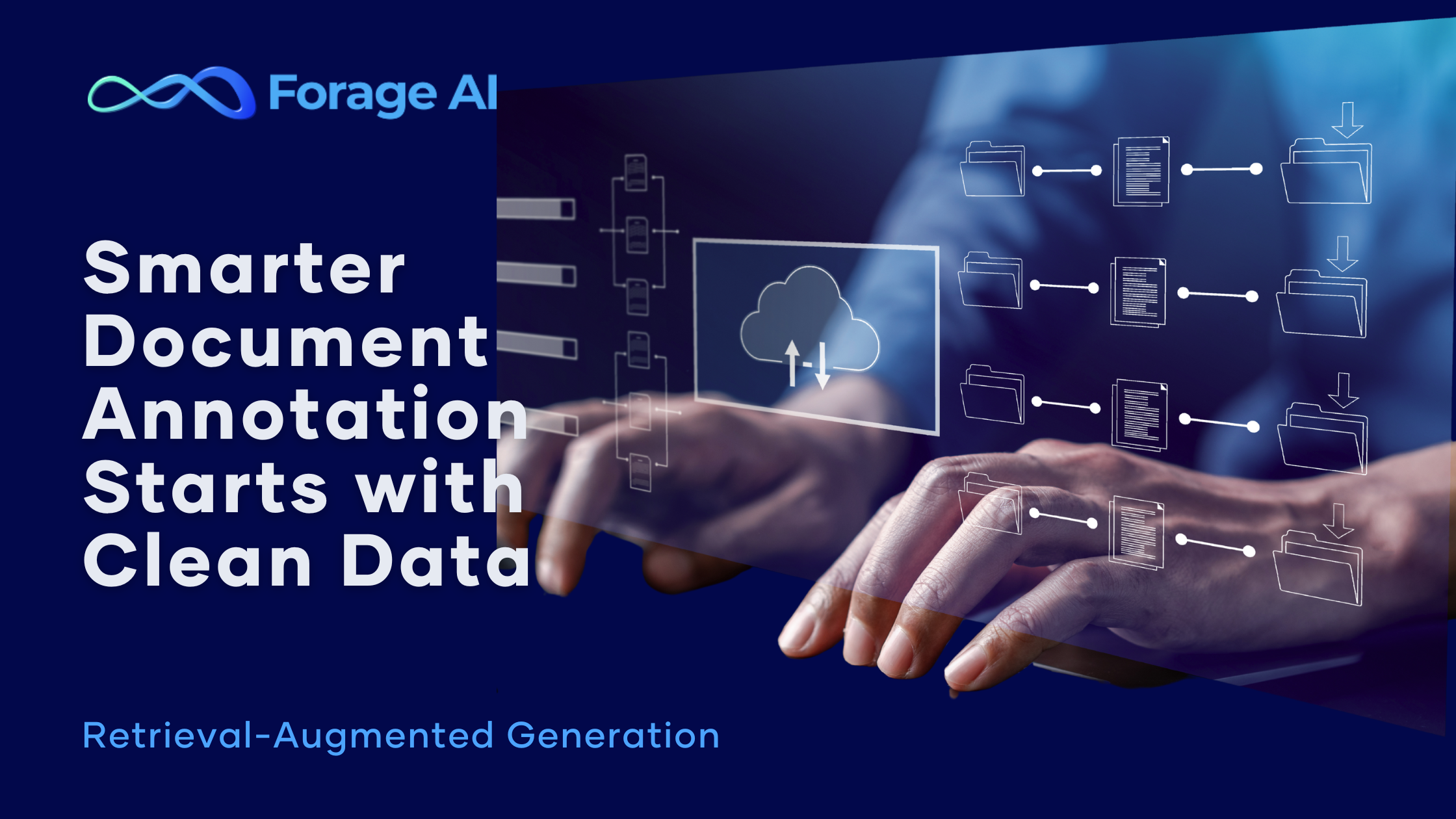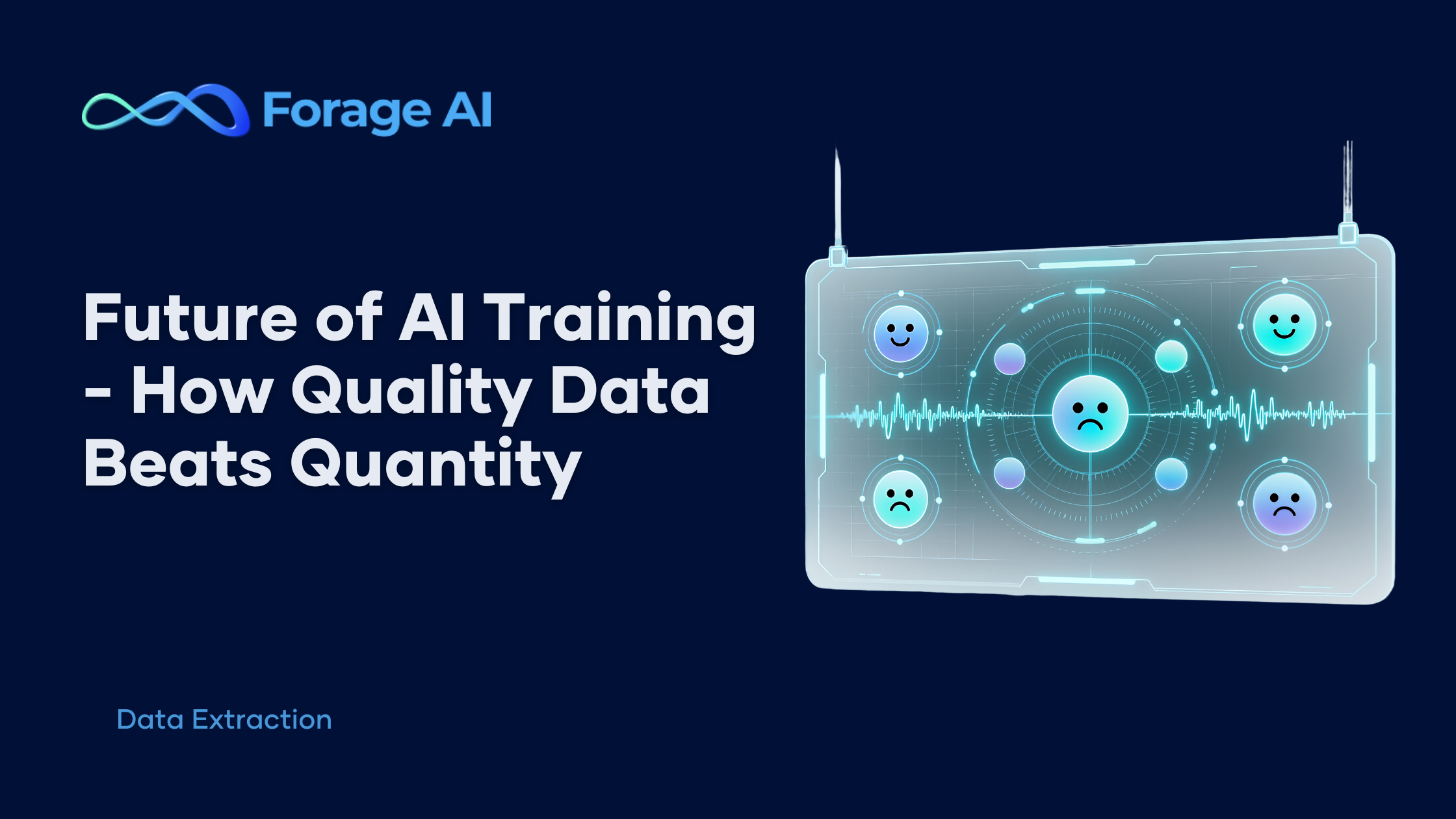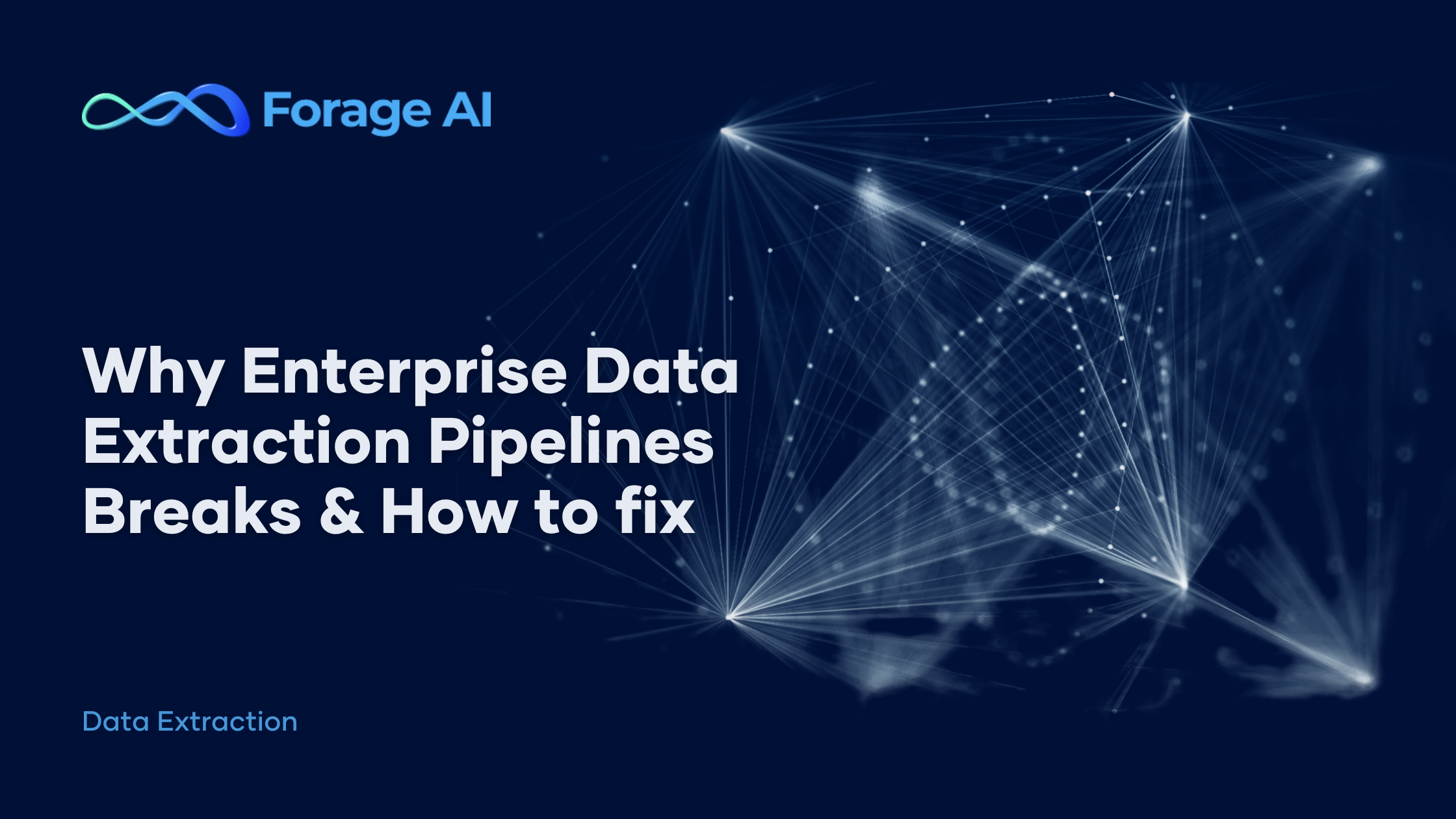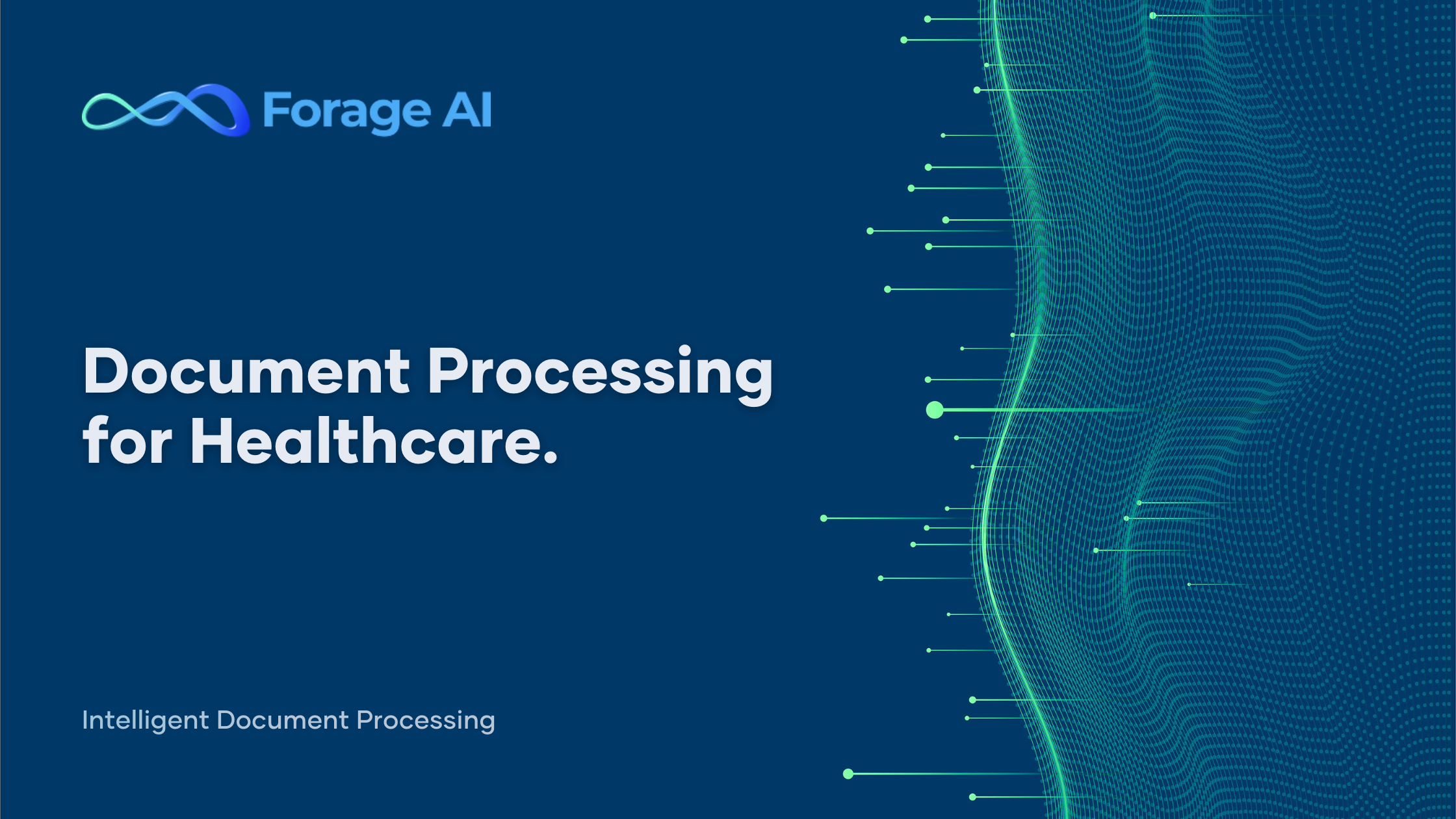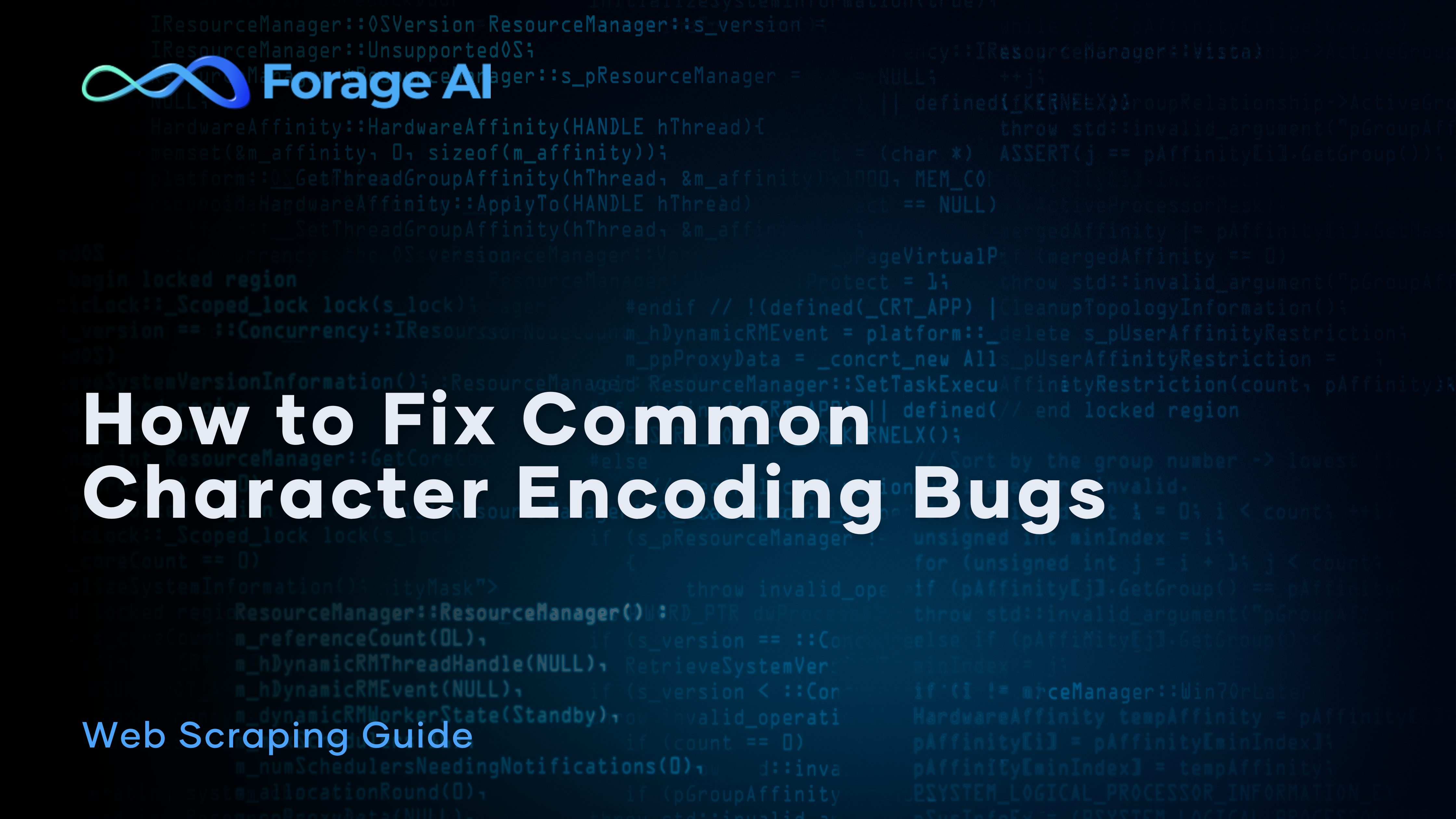Businesses handle billions of documents every year, yet employees still spend a significant amount of time just searching for information in them. That’s a major productivity drain—and a missed opportunity to unlock the full value of business data. This is where document annotation, powered by modern Retrieval-Augmented Generation (RAG) systems, turns unstructured documents into searchable, structured insights, helping organizations streamline operations and make smarter decisions.
In this blog, we’ll explore what document annotation is, how it works, and why pairing it with RAG is a game-changer. Whether you’re managing legal files, financial reports, or customer communications, you’ll see how this tech can save time, reduce errors, and extract more value from your data.
What is Document Annotation?
Document annotation involves tagging, labeling, or marking up documents to make them machine-readable. By converting raw, unstructured content into structured data, it enables systems to extract insights efficiently. Think of it as adding a digital layer that allows computers to interpret documents as humans do, identifying key information, relationships, and priorities.
Modern annotation leverages RAG, which combines retrieval mechanisms with generative AI to enhance data recognition and extraction. Unlike manual annotation, RAG-powered systems dynamically pull relevant context from vast datasets, improving accuracy and reducing human effort.
Now that we understand the basics of document annotation and how RAG enhances its capabilities, let’s explore the different types of annotation used across various document formats
Types of Document Annotation
Document annotation encompasses several methods tailored to specific needs:
- Text-Based Annotation: Identifies entities like names, dates, or amounts, categorizes text, and extracts key phrases. Ideal for text-heavy documents.
- Layout-Based Annotation: Captures document structure, including tables, headers, and formatting. Essential for forms, invoices, and technical documents.
- Entity-Based Annotation: Targets specific data types, such as personal details, financial figures, or legal terms, for precise extraction.
- Relationship-Based Annotation: Maps connections between data points, like linking a purchase order to specific items and quantities.
Each annotation type comes with its own set of challenges and demands. That’s why it’s essential to consider how annotation is performed—whether manually or through automation.
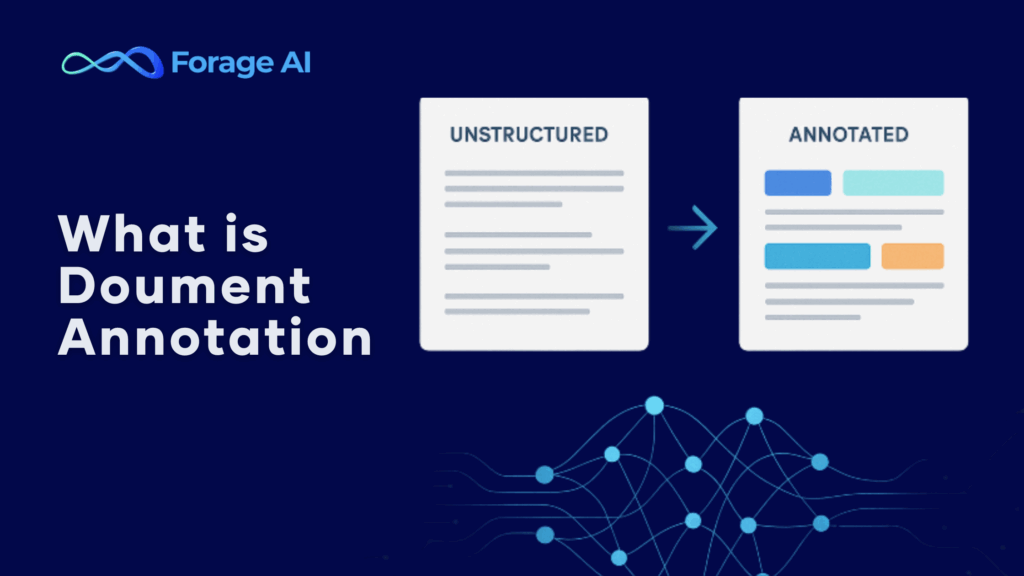
Manual vs. Automated Annotation
Annotation methods range from manual to fully automated. They can serve multiple use cases based on your project requirements.
- Manual Annotation: Humans label documents based on guidelines, ensuring high accuracy for complex or novel documents. It’s labor-intensive but reliable. Good for smaller projects.
- Semi-Automated Annotation: Combines AI suggestions with human review, creating a feedback loop that refines systems over time.
- Fully Automated Annotation: Powered by advanced AI, including RAG, these systems process high volumes with minimal human input, relying on robust training data and quality checks. With advanced technologies, the fully automated annotation process has evolved to ensure high accuracy with contextual understanding.
RAG has revolutionized automation by enabling systems to retrieve relevant information and generate accurate annotations without extensive manual training. Businesses choose approaches based on document complexity, volume, and accuracy needs, often transitioning from manual to automated systems as technology matures.
Understanding how annotation is carried out helps clarify why it’s such a strategic function for businesses today. Let’s look at the broader benefits that document annotation brings to organizations across industries.
Why Document Annotation Matters
Document annotation is a strategic capability with far-reaching benefits, and clean, accurate data is the basis of accurate insights. Here are some of the pain points that document annotation solves:
Operational Efficiency
- Reduces processing time by automating data extraction.
- Minimizes data entry errors.
- Allows employees to focus on high-value tasks such as analysis and more decision-making.
- Enables 24/7 document processing without additional staffing.
Enhanced Decision-Making
- Transforms static archives into dynamic, searchable knowledge bases.
- Uncovers trends and patterns across large document sets.
- Provides data-driven insights for informed decisions.
Compliance and Risk Management
- Identifies sensitive data for privacy compliance.
- Creates audit trails for regulatory reporting.
- Ensures consistent handling of regulated information.
- Mitigates non-compliance risks through structured data management.
AI and Machine Learning Enablement
- Generates high-quality training data for AI models.
- Supports continuous improvement through feedback loops.
- Enables industry-specific AI solutions.
- Lays the foundation for predictive analytics.
With measurable gains in speed, accuracy, and compliance, document annotation is becoming a competitive advantage. Here’s how it’s being used in industries like healthcare, finance, and law.
Industry Applications of Data Annotation
Document annotation delivers tailored benefits across sectors:
Healthcare
- Medical Record Analysis: Extracts structured data from patient records for clinical decisions.
- Clinical Trial Processing: Standardizes research documents to accelerate drug development.
- Regulatory Compliance: Ensures adherence to FDA and other standards.
Financial Services
In finance, annotation helps structure complex information within loan applications, compliance documents, and quarterly reports. It enables faster reviews, better risk assessment, and more efficient data retrieval.
Examples: portfolio statements, tax documents, fund performance reports, and investment-related paperwork.
Legal
- Contract Analysis: Identifies key clauses and risks across contracts.
- Case Document Review: Accelerates discovery with automated sorting.
- Legal Research: Enhances searchability of case law and precedents.
Manufacturing and Supply Chain
- Technical Documentation: Organizes specifications and compliance records.
- Supplier Processing: Standardizes diverse supplier documents.
- Quality Control: Streamlines certification and test result processing.
While document annotation has proven valuable across industries, putting it into practice comes with its own set of challenges.
Challenges and Best Practices
Tackling these challenges requires not just the right strategy but also seamless integration into existing workflows.
Quality Control
Ensuring the accuracy, consistency, and reliability of document annotation through structured processes and checks.
- Develop clear, consistent guidelines with examples and edge cases
Ensure annotators follow uniform standards by providing detailed instructions, real-world examples, and handling tricky scenarios up front.
- Implement multi-level review and inter-annotator agreement checks
Maintain annotation consistency and accuracy by layering peer reviews, expert validation, and agreement scoring between annotators.
- Refine guidelines continuously through feedback loops
Use insights from annotators and model outputs to improve annotation instructions and tools over time.
- Customize quality control for complex or domain-specific documents
Adapt QA strategies to handle high-variance formats like legal, medical, or handwritten documents where precision is critical.
Scaling Up
- Prioritize high-impact document types.
- Use tiered strategies for varying document complexity.
- Leverage pre-annotation with RAG models to accelerate review.
- Optimize workflows for distributed teams.
Integration
- Seamlessly connect with document management systems.
- Ensure compatibility with analytics platforms.
- Use standardized formats for interoperability.
- Develop APIs for enterprise-wide access.
Even with automation technologies like RAG and tools like MCP, the human role can be important for certain use cases. Let’s explore how human-in-the-loop models keep annotation accurate and adaptive and when you should take that direction.
Human-in-the-Loop
- Reserve human expertise for complex cases.
- Employ active learning for AI to flag uncertain annotations.
- Create continuous improvement cycles with human feedback.
- Define specialized roles for annotation tasks.
With these building blocks in place, what does the future hold for document annotation?
The Future of Document Annotation
Emerging trends are shaping the future of annotation:
- Multimodal Annotation: Combines text, layout, and visual analysis for comprehensive document understanding.
- Self-Improving Systems: RAG-driven systems learn from feedback, adapt to new document types, and reduce human effort.
- Domain-Specific Models: Tailored annotation for industry-specific needs, enhancing precision.
- Ethical Considerations: Balances automation with privacy, security, and bias mitigation, maintaining human oversight.
At Forage AI, we’re not just observing these trends—we’re driving them. Here’s how our RAG-powered annotation solutions deliver real-world impact.
Forage AI: Powering Smarter, RAG-Enabled Annotation Workflows
Forage AI delivers cutting-edge document annotation services powered by RAG, transforming unstructured data into strategic assets.
Services
- RAG-Enhanced Annotation: Leverages Retrieval-Augmented Generation (RAG) to pre-select high-relevance context from large unstructured corpora, minimizing noise and increasing annotation accuracy. Our pipelines support custom retrieval logic, domain-specific embedding models, and feedback integration to optimize labeling at scale.
- Data Extraction and Analysis: Goes beyond basic entity recognition by combining dense retrieval, LLMs, and domain-specific templates to extract structured data with context-awareness. Supports downstream analytics by preserving document hierarchy, intent, and relationships between fields.
Benefits
- Streamlined Data Management: Transforms scattered, unstructured data into well-organized formats (JSON, XML, or tabular), with built-in versioning and schema validation to ensure consistency across datasets.
- Informed Decisions: Feeds downstream models or dashboards with structured, high-confidence data—improving decision-making in real-time or batch processing environments.
- Operational Efficiency: Automates the most time-consuming parts of data prep—such as document classification, table extraction, and reference matching—using task-specific retrieval models and LLM fine-tuning.
Why Forage AI?
Unlike general-purpose AI solutions, Forage AI builds customized RAG pipelines tailored to your documents, domain, and downstream goals. We don’t just extract data—we enable intelligent workflows with:
- Custom retrievers and vector databases tuned for your document types (e.g., portfolios, tax records, insurance claims).
- Human-in-the-loop (HITL) tools for error correction and guideline refinement.
- High-precision extraction models that combine structured logic with LLM flexibility—ideal for regulated industries where hallucinations are unacceptable.
- Seamless integration with your cloud stack (AWS, GCP, Azure) and annotation tools via API or SDK.
This ensures that what you extract is not only accurate but also reliable enough to drive automation, compliance, and strategic insights.
By combining cutting-edge AI with domain expertise, Forage AI positions businesses for long-term success in data management and automation.
Conclusion
Document annotation, supercharged by RAG, is a strategic necessity for modern businesses. It unlocks the value of unstructured data, enabling automation, enhancing decisions, ensuring compliance, and powering AI innovation. As document volumes grow, organizations that adopt advanced annotation will turn information challenges into competitive advantages. Investing in RAG-driven annotation today positions businesses to thrive in a data-driven future.
